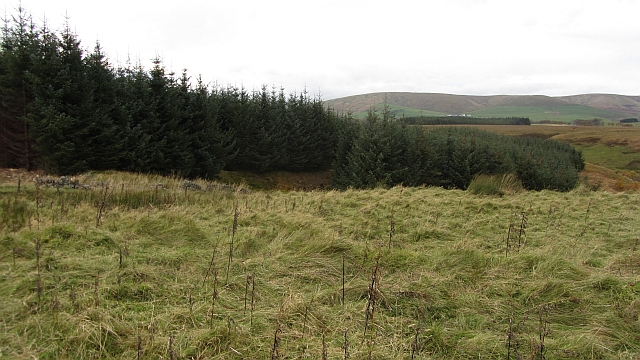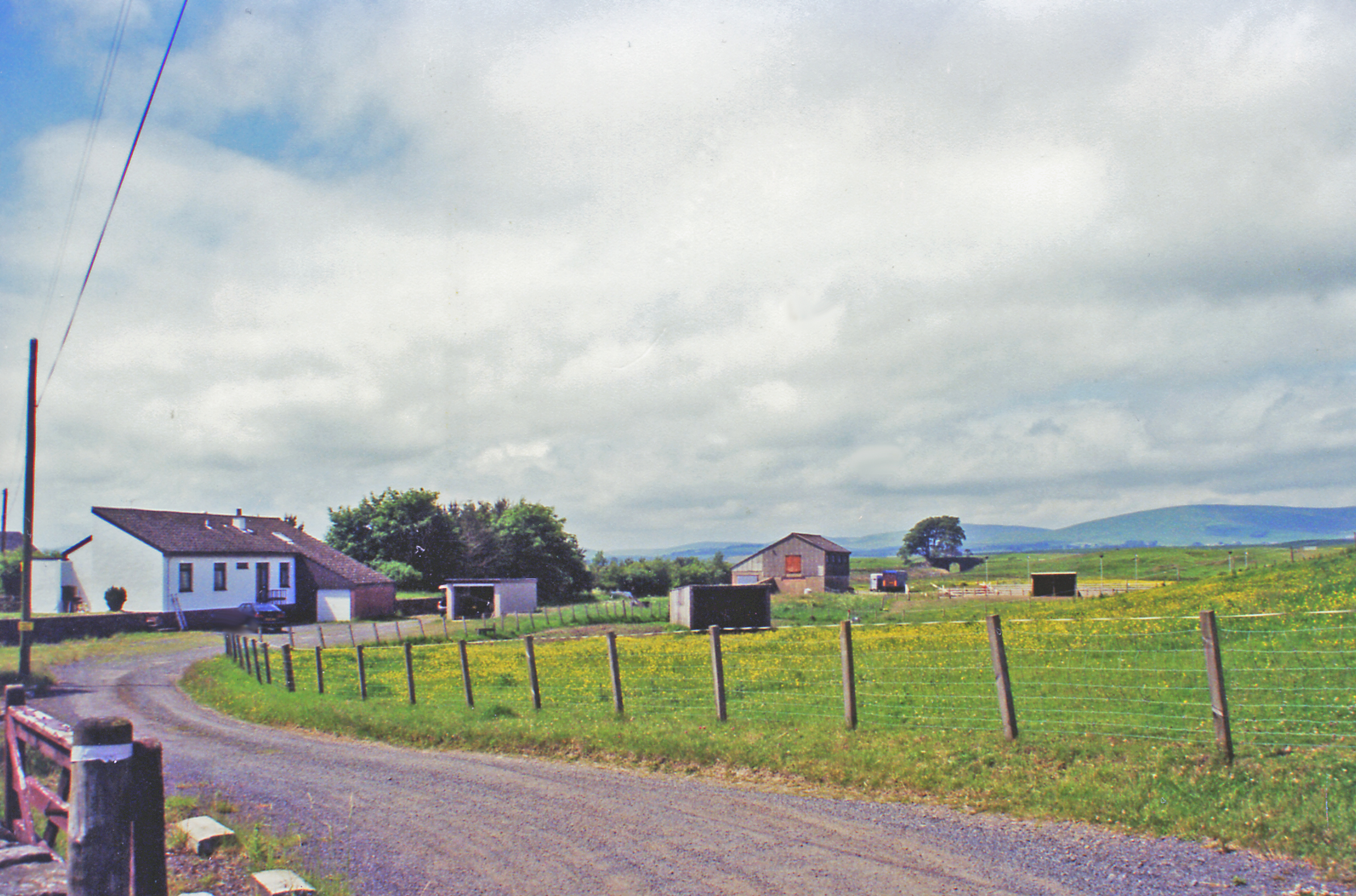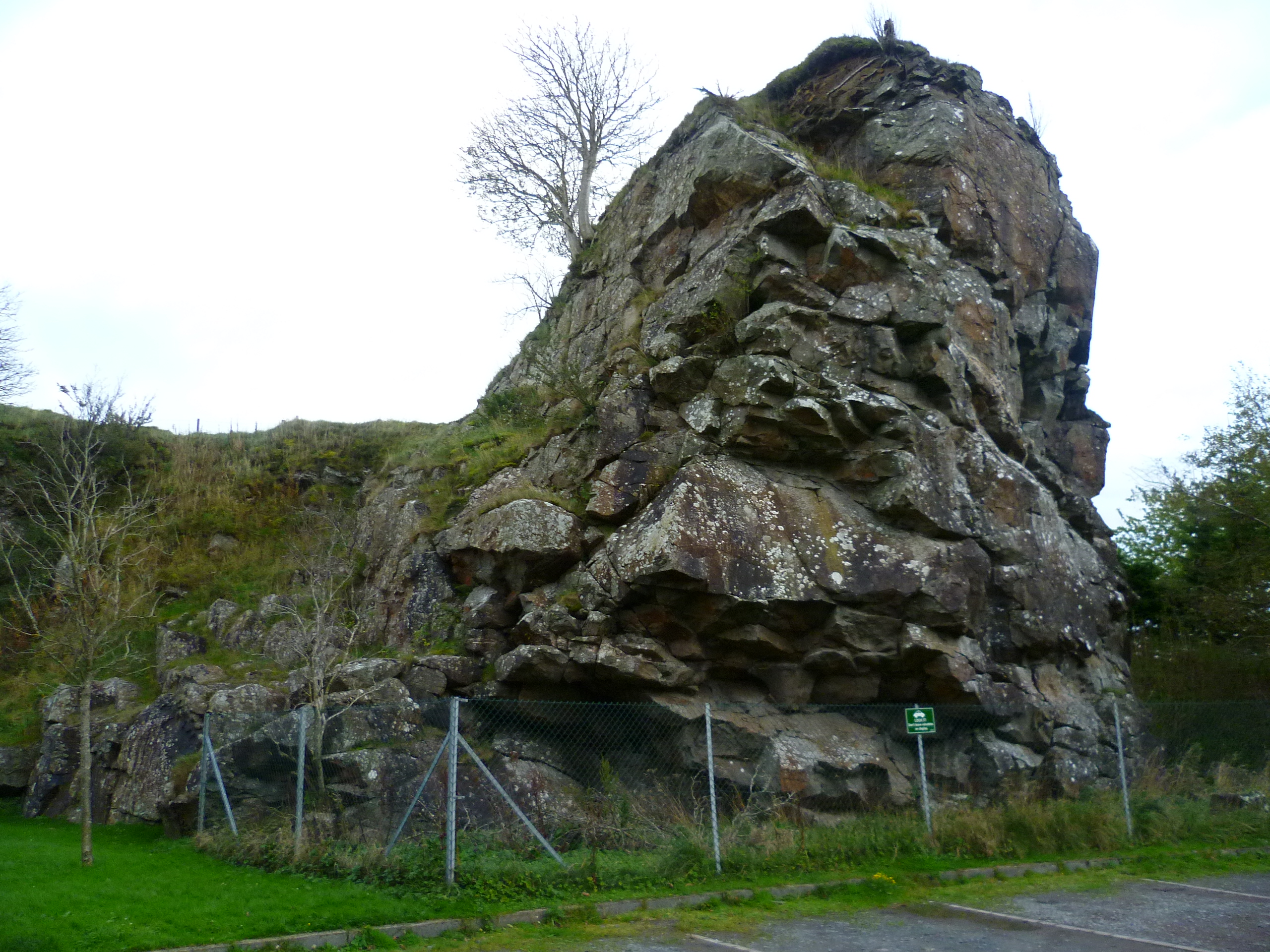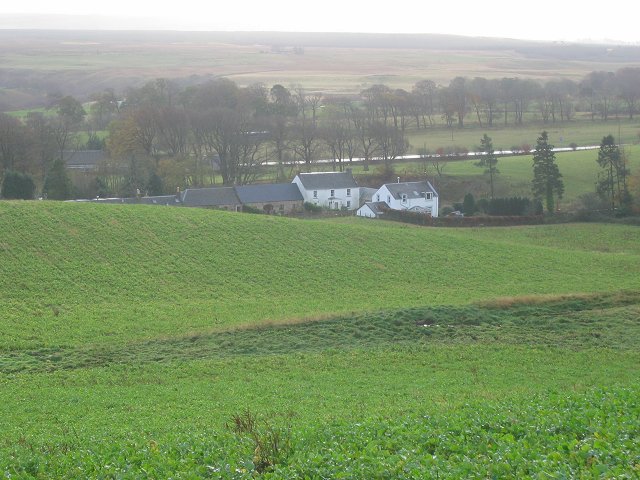Broadlees Wood
Wood, Forest in Peeblesshire
Scotland
Broadlees Wood

Broadlees Wood is a picturesque forest located in Peeblesshire, Scotland. Spanning over a vast area of land, this woodland is known for its diverse range of broadleaf trees that adorn the landscape, giving it its name. The wood is situated in a tranquil setting, surrounded by rolling hills and offering breathtaking views of the surrounding countryside.
The forest boasts a rich biodiversity, with various plant and animal species calling it home. The canopy of towering trees provides a habitat for a multitude of bird species, including woodpeckers and owls. Additionally, the forest floor is carpeted with a wide array of flora, including bluebells, wild garlic, and ferns, creating a stunning natural tapestry.
Broadlees Wood is a popular destination for outdoor enthusiasts and nature lovers alike. It offers a network of well-maintained trails that wind through the forest, allowing visitors to explore its beauty on foot. These trails cater to all levels of fitness and provide opportunities for leisurely strolls or more challenging hikes.
The wood is also home to a diverse range of wildlife, including deer, badgers, and red squirrels, making it a great spot for wildlife enthusiasts and photographers. Birdwatchers will be delighted by the abundance of birdlife, as the forest attracts both resident and migratory species throughout the year.
Overall, Broadlees Wood is a haven of natural beauty, offering visitors a tranquil escape from the hustle and bustle of everyday life. Whether exploring its trails, observing its wildlife, or simply enjoying the peaceful surroundings, this woodland is a must-visit destination for anyone seeking solace in nature.
If you have any feedback on the listing, please let us know in the comments section below.
Broadlees Wood Images
Images are sourced within 2km of 55.773032/-3.3023729 or Grid Reference NT1854. Thanks to Geograph Open Source API. All images are credited.


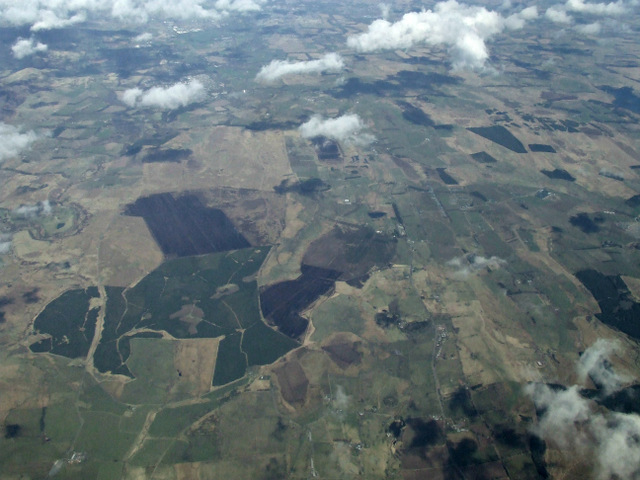
Broadlees Wood is located at Grid Ref: NT1854 (Lat: 55.773032, Lng: -3.3023729)
Unitary Authority: The Scottish Borders
Police Authority: The Lothians and Scottish Borders
What 3 Words
///heightens.seemingly.envoy. Near West Linton, Scottish Borders
Nearby Locations
Related Wikis
Macbie Hill railway station
Macbie Hill railway station served the hamlet of Coalyburn, Peeblesshire, Scotland, from 1864 to 1933 on the Leadburn, Linton and Dolphinton Railway....
Lamancha railway station
Lamancha railway station served the hamlet of Lamancha, Peeblesshire, Scotland, from 1864 to 1933 on the Leadburn, Linton and Dolphinton Railway. ��2...
Carlops
Carlops (Scottish Gaelic: Leum na Caillich) is a small village in the Pentland Hills, within the Scottish Borders area of Scotland, close to the boundary...
Nine Mile Burn
Nine Mile Burn is a hamlet in Midlothian, Scotland, the last in Midlothian when heading south on the A702 road. It is located at the foot of the Pentland...
Nearby Amenities
Located within 500m of 55.773032,-3.3023729Have you been to Broadlees Wood?
Leave your review of Broadlees Wood below (or comments, questions and feedback).



